What Do Prescription Opioids Look Like?

Medically Reviewed By: Manish Mishra, MBBS
Opioid medications are produced in different forms, including liquids, tablets, capsules, patches, and others. This can sometimes make identifying opioids (and distinguishing them from counterfeit products) a challenge.
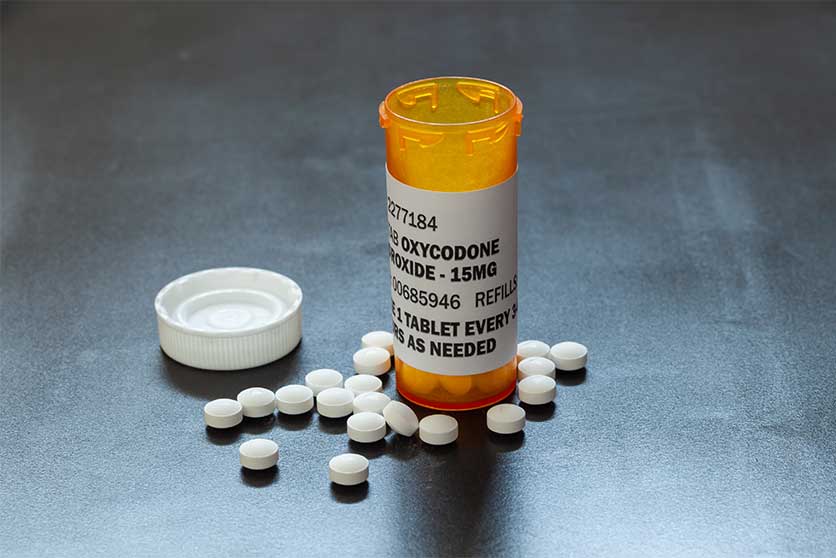
There are many drugs abused in Ohio, ranging from legal substances like alcohol to illegal drugs like cocaine or ecstasy and diverted prescription drugs like amphetamines or benzodiazepines.
Opioids have crossed all of these categories, being available over the counter, as illicit narcotics, and as prescription medications with high potentials for abuse.
However, given how many different opioid products there are and how frequently they are discontinued and counterfeited, identifying legitimate opioid drugs and understanding the risks they carry can be a challenge.
How To Identify Prescription Opioids
There are currently over one hundred different types of prescription opioids in use.
Formulations
They are produced in a wide variety of forms, including:
- pills (tablets and capsules)
- syrups
- injection solutions
- suppositories
- nasal sprays
- lozenges
Some opioids are combined with other pain relievers like ibuprofen or acetaminophen, and many are available in both brand-name and generic versions.
Brand Names
The most commonly prescribed opioid drugs, and some of their associated brand names, include:
Morphine
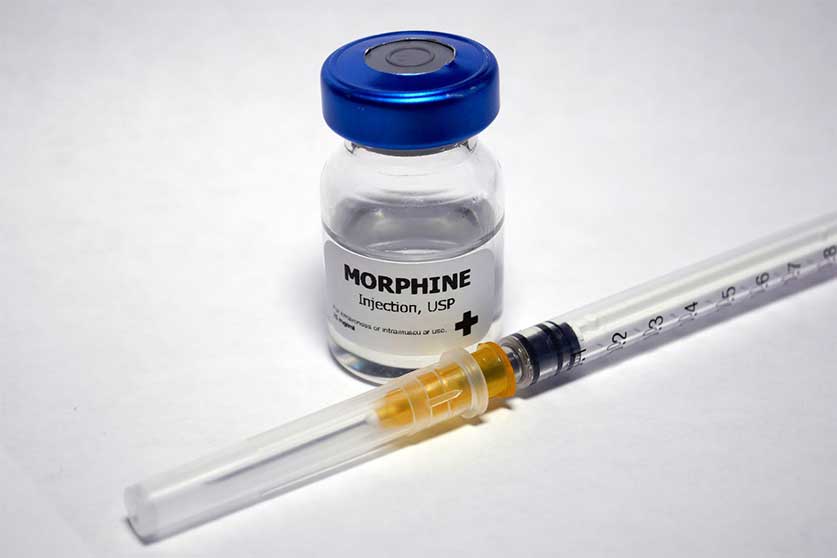
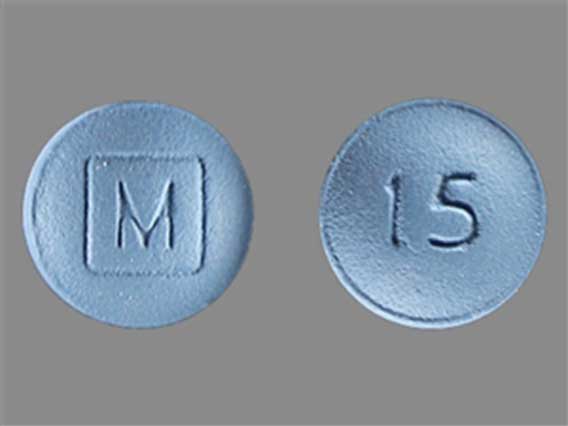
Codeine
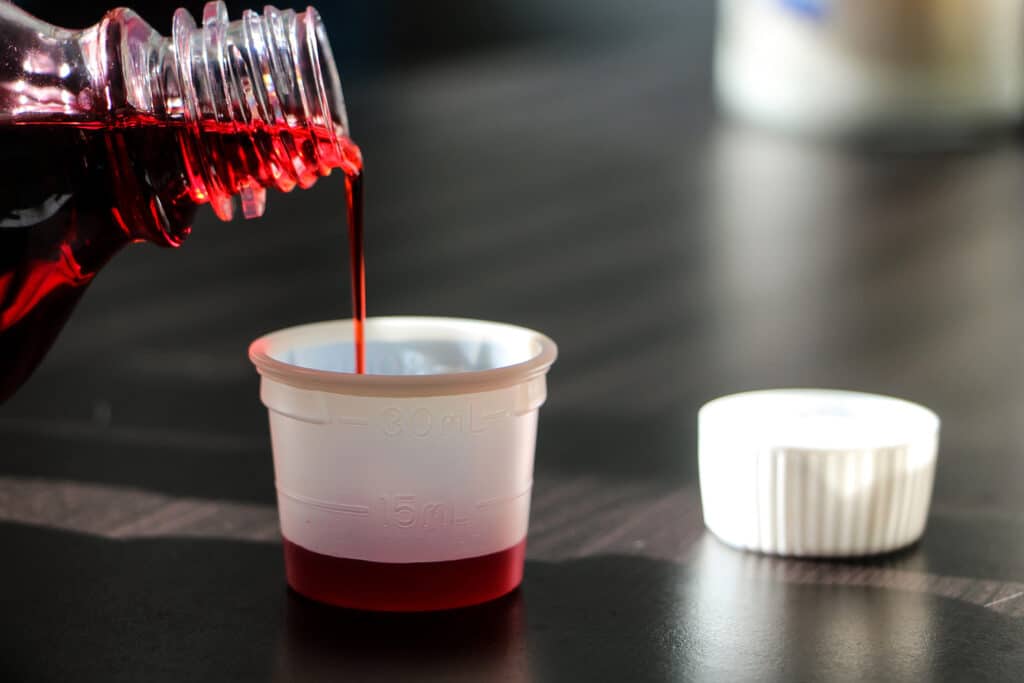
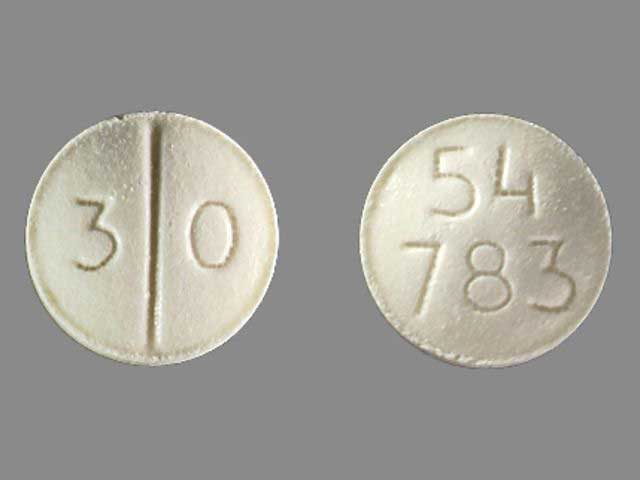
Hydrocodone (Vicodin)
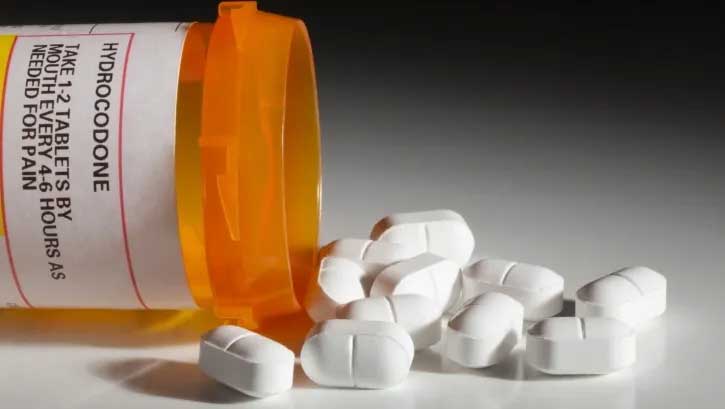
Oxycodone (OxyContin, Percocet)
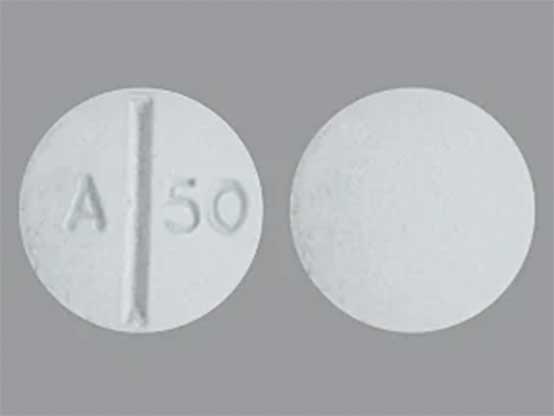
Oxymorphone (Opana)

Fentanyl
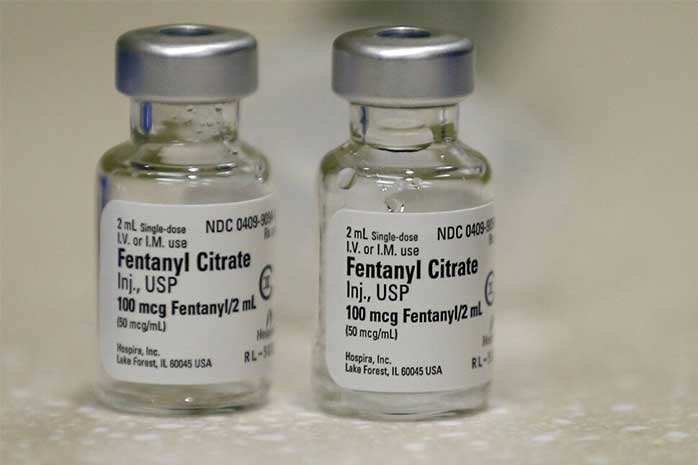
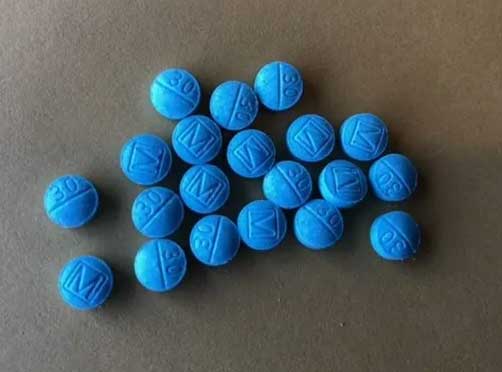
Hydromorphone
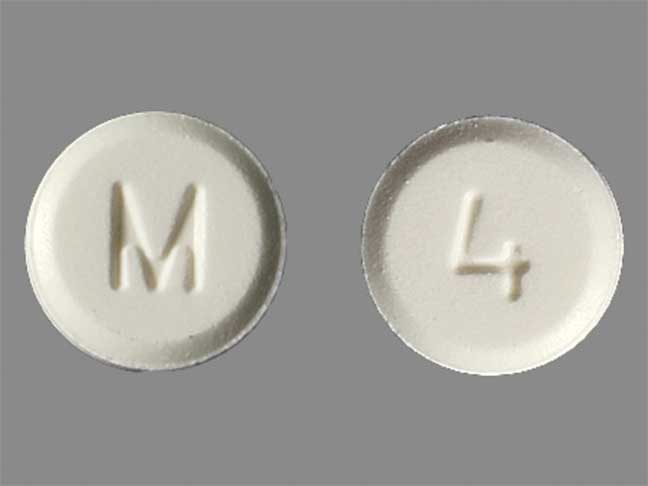
Methadone
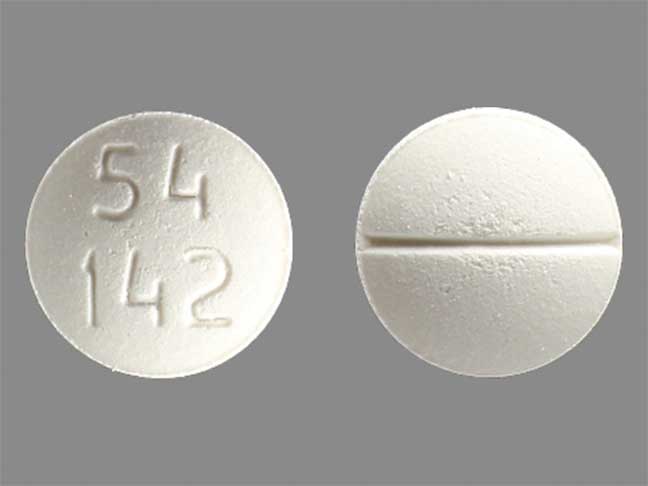
Drug Label Or Online Search Tools
To identify any specific pill or other product, consult the information provided on the label or enter the medication’s code or other details into a trusted online search tool.
Never take any prescription medication that has not been prescribed to you, and do not take your medication in any way other than prescribed. Serious adverse effects, including drug overdose, could occur.
Counterfeit Opioids
Because of the euphoric effects of opioid medications, these substances are frequently targeted for drug abuse.
Due to this high demand, trusted prescription drug brands (including opioid and non-opioid medications) are increasingly being counterfeited using other ingredients and smuggled into the United States and Ohio by drug traffickers for covert sale.
Dangerous Adulterants
These fake medications can be extremely dangerous, often substituting the correct ingredients with synthetic opioids like fentanyl or other dangerously potent illicit drugs or unregulated experimental drugs.
As a result, these unpredictable counterfeits can easily cause life-threatening overdose death in those who use them.
This makes it increasingly important that you only ever use medications that you obtain with a valid prescription from a licensed pharmacy, never purchased on the street, online, or from acquaintances, friends, or family members.
Risks Of Opioid Abuse
Opioid misuse can cause a wide variety of physical and behavioral problems, including:
- side effects like nausea, drowsiness, constipation, confusion, and slowed reaction times
- drug tolerance, physical dependence, and opioid withdrawal symptoms
- opioid addiction/opioid use disorder
- criminal and financial liability
- mental health decline
- compromised immune function
- increased sensitivity to pain
- drug overdose
Opioid Overdose
Signs of an opioid overdose include constricted/pinpoint pupils, blue-tinted lips and fingertips, severe sedation, confusion or unresponsiveness, cold clammy skin, gasping or gurgling, and respiratory depression (slow, shallow, or interrupted breathing).
If you suspect an opioid overdose has occurred, immediately call 911 and provide first aid to the victim. You should also administer the opioid overdose antidote naloxone (Narcan) if available.
Opioid Addiction Treatment
If you or a loved one struggle with substance abuse or a substance use disorder, professional treatment providers are available. For those with opioid use disorder, your personalized treatment plan may involve:
- medical detoxification to provide guidance, emotional, and medical support throughout the withdrawal process
- inpatient rehabilitation and interventions, including individual and group therapy, behavioral therapy, peer support, family therapy, and alternative therapies
- dual diagnosis care to address co-occurring mental illness (PTSD, depression, anxiety disorders, etc.)
- medication-assisted treatment using naltrexone, methadone, or buprenorphine
- aftercare, which may include outpatient support, participation in peer support groups, sober living housing, employment assistance, and case management
To learn more about inpatient treatment for prescription drug use, or to enroll in a treatment program, please contact Ohio Recovery Center today.
- Centers for Disease Control and Prevention (CDC) https://www.cdc.gov/opioids/patients/reduce-risks.html
- Drug Enforcement Administration (DEA) https://www.dea.gov/sites/default/files/2020-06/Fentanyl-2020_0.pdf
- National Institute on Drug Abuse (NIDA) https://nida.nih.gov/publications/drugfacts/prescription-opioids
- Tennessee State Government https://www.tn.gov/opioids/education-and-prevention/educational-information/opioid-frequently-asked-questions.html

